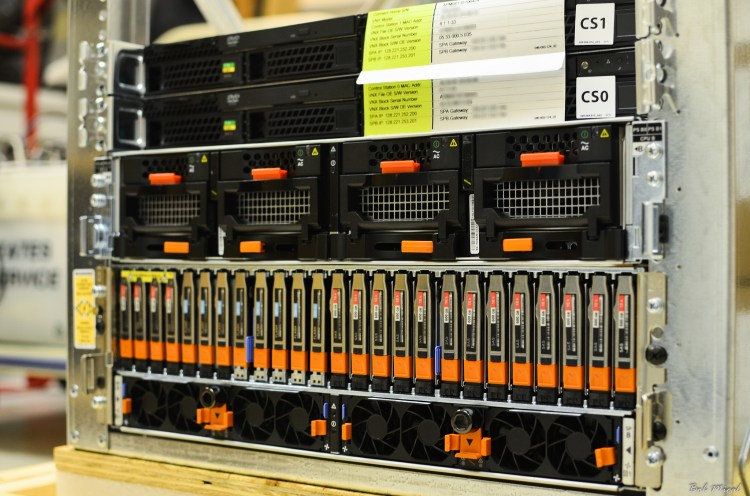It’s that time of the year again. In the next weeks, everyone and their brother is going to come up with their predictions for 2015. As far as the datacenter is concerned, this is a foolish exercise. Datacenter transformations happen over decades, not months.
In the past 20 years, there were only three significant trends affecting IT: Moore’s law, the Internet, and mobile. Everything else was a consequence of these three things.
Apple had a vision for mobile technology long before the iPhone came out. It was the Newton. It was an awesome technology for the time, but you could not do anything with it — it was a complete product flop. It was missing the three things: fast computing power enabled by Moore’s law, widespread Internet access, and a well-developed mobile ecosystem.
Fast-forward 15 years. Apple launches the iPhone in 2007. It has thousands of times more processing and storage power than the Newton, it is connected to the Internet, and it is “always-on.” It is one of the most successful product launches ever.
In the storage industry, I expect 2015 to be the year of awakening to trends that have already been at play for a couple years, and which will unfold for a decade, completely transforming this $100 billion industry. Though these trends are obvious, no analysts has an incentive to describe them clearly, because the consequences for the established players are too steep.
First, many small and medium-sized businesses (SMBs) will leverage SaaS services, such as Office 365, Salesforce, or Box, and as a result they will not need to buy storage anymore. This is roughly $20 billion that will disappear from the traditional storage industry.
You may say that these SaaS services will need to buy storage. And indeed they will, but they will typically buy directly from disk-drive (HDD) and component manufacturers. So this market is lost to traditional storage vendors.
Then, large enterprises, governments, and some data hungry verticals (such as entertainment, oil and gas, or pharmaceutical industries) will continue to operate their own storage. That’s roughly 20,000 entities worldwide. At their scale operating their own storage infrastructure is cheaper and offers more control. But they will do so in a way very different from the past twenty years.
When applications are time sensitive, such as a relational database or virtual desktop infrastructure (VDI), it does not make sense to continue deploying a bunch of 15,000 RPM disks with 7ms access time, when one can deploy SSDs that are thousands of times faster.
On the opposite side of the spectrum, when the workload is not time sensitive, why continue deploying traditional storage area network (SAN) or network-attached storage (NAS) technologies when a scale-out, software-based approach is half the cost and thousands of time more reliable?
These large entities will continue massively deploying storage, but it will look more like the way Google, Amazon, or Facebook use storage. For latency-sensitive loads, storage will be in silicon, and close to the compute resources, in the form of all-flash arrays, hybrid storage, or converged storage. For all other loads, from Tier 1 to long-term archives, it will be in the form of software deployed on standard servers.
Within 10 years, traditional SAN and NAS will fade away. Like the mainframe, they will never completely disappear, but they won’t define the industry any more. The trend is already visible in the financial results of leading companies such as EMC, NetApp or HP.
Meanwhile, dozens of startups will succeed. There has been over $6.7 billion of VC money invested in storage and big data startups since 2010 — that’s $1.3 billion in big data and $5.4 billion in storage. That’s a 75 percent increase from the previous five-year period.
As a result, one would expect cutthroat competition, but what is actually happening is that many startups are thriving. For latency sensitive storage: Atlantis Computing, Nimble, Nutanix, Pernix Data, Pure Storage, and Solidfire are all successful. For scale-out file- and object-based storage, Cleversafe, Isilon (part of EMC), and Scality (my company) are leading the pack.
Many of my friends ask me if we are in a new bubble. I don’t know about the start-up world at large. I do see some crazy valuations. But as far as storage is concerned, I expect that 2015 will be the year when the industry realizes that there is no bubble. It is the coming of a complete industry transformation. Many billions of dollars will change hands.
Jérôme Lecat is the chief executive of Scality, a large-scale storage management startup. He is a serial entrepreneur and business angel with 15 years of internet start-up experience.


